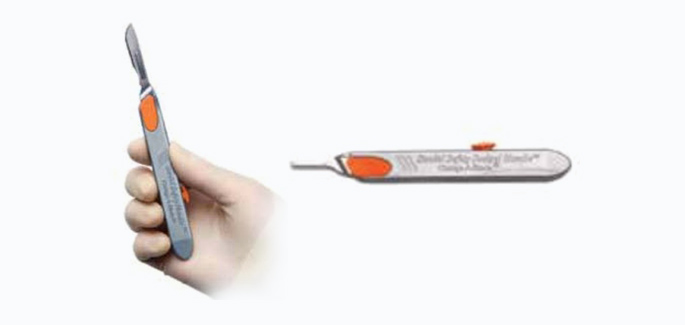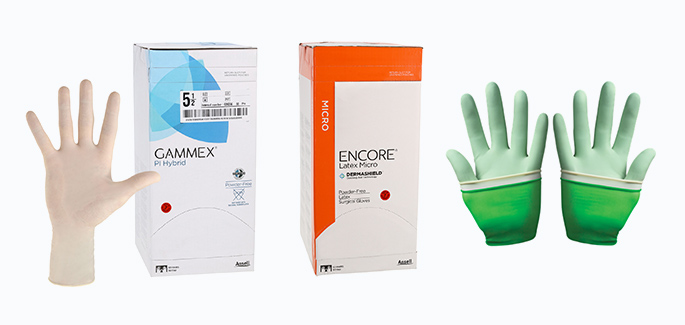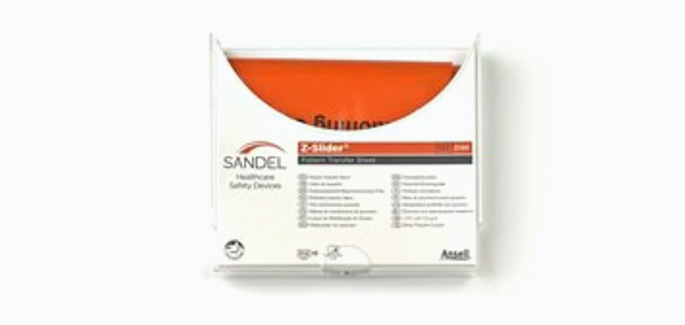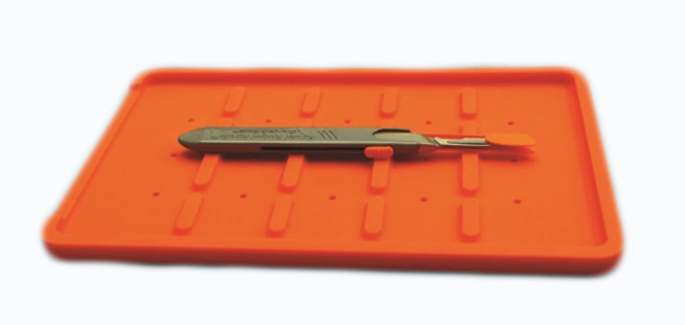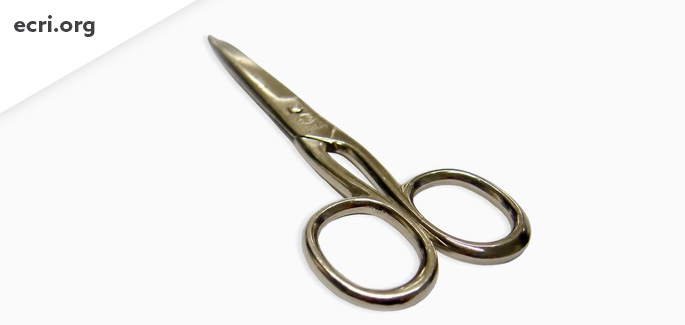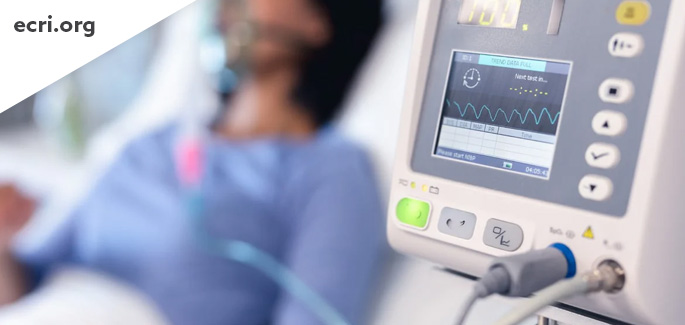The Impact of Glove Practices on Surgical Site Infections
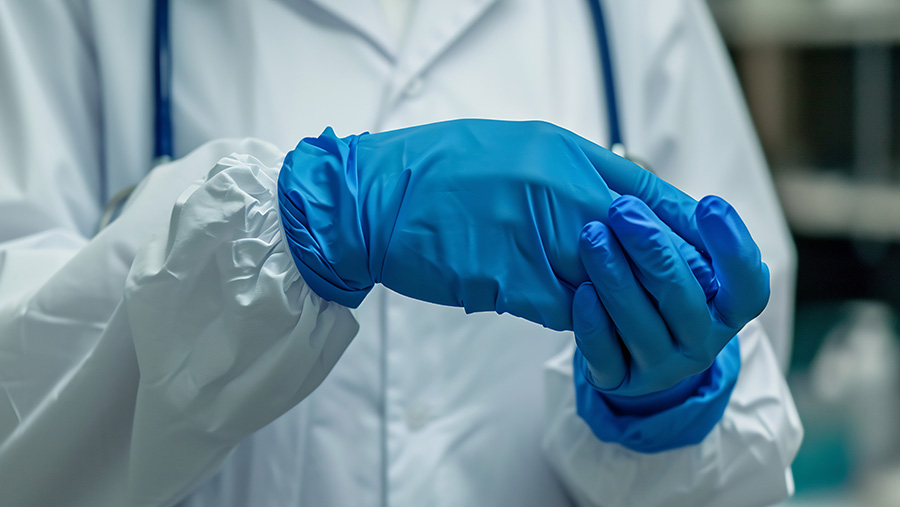
Surgical-site infections (SSIs) are a common post-operative concern that put patients at a higher risk for delayed wound healing, complications and increased mortality.1 Some hospital organizations have instituted protocols to reduce SSIs including antibiotic prophylaxis and routine glove and instrument changes for wound closure.1
When a perforation to surgical gloves is observed, the recommended practice is to immediately remove the gloves, consider hand disinfection, and replace them. However, perforations can easily go unnoticed and potential contamination of the surgical wound, as well as healthcare worker exposure to microorganisms. The Association of PeriOperative Registered Nurses (AORN) recommends changing gloves every 90 to 150 minutes.2 Yet, this practice is not a standard of patient care and often times dependent the decision of the healthcare workers themselves and the organizational policies and procedures.
Although additional evidence-based research is required, reduce glove perforation and contamination risk by adapting glove best practice of timely glove changes. Maintaining asepsis will assist in minimizing SSIs, which will have a significant positive role to play in patient outcomes.
Review AnsellCARES Clinical Summary Best Practices / Business Case for SSI Prevention
Original Article: https://www.ansell.com/us/en/blogs/intouch/library/the-impact-of-glove-practices-on-surgical-site-infections
References
¹Wolfhagen N, de Jonge S. Practice of changing gloves and its effect on surgical-site infections. Br J Surg. 2023;110(5):531-532.
²AORN.(2023). Guideline for sterile technique. In: Guidelines for Perioperative Practice. Denver, CO: AORN, Inc; 2023.
Featured Products
Recent Blog Posts
Consult An Expert
Need more specific guidance or tailored product recommendations? Our team of infection control consultants is here to help. Contact us using the form below.
